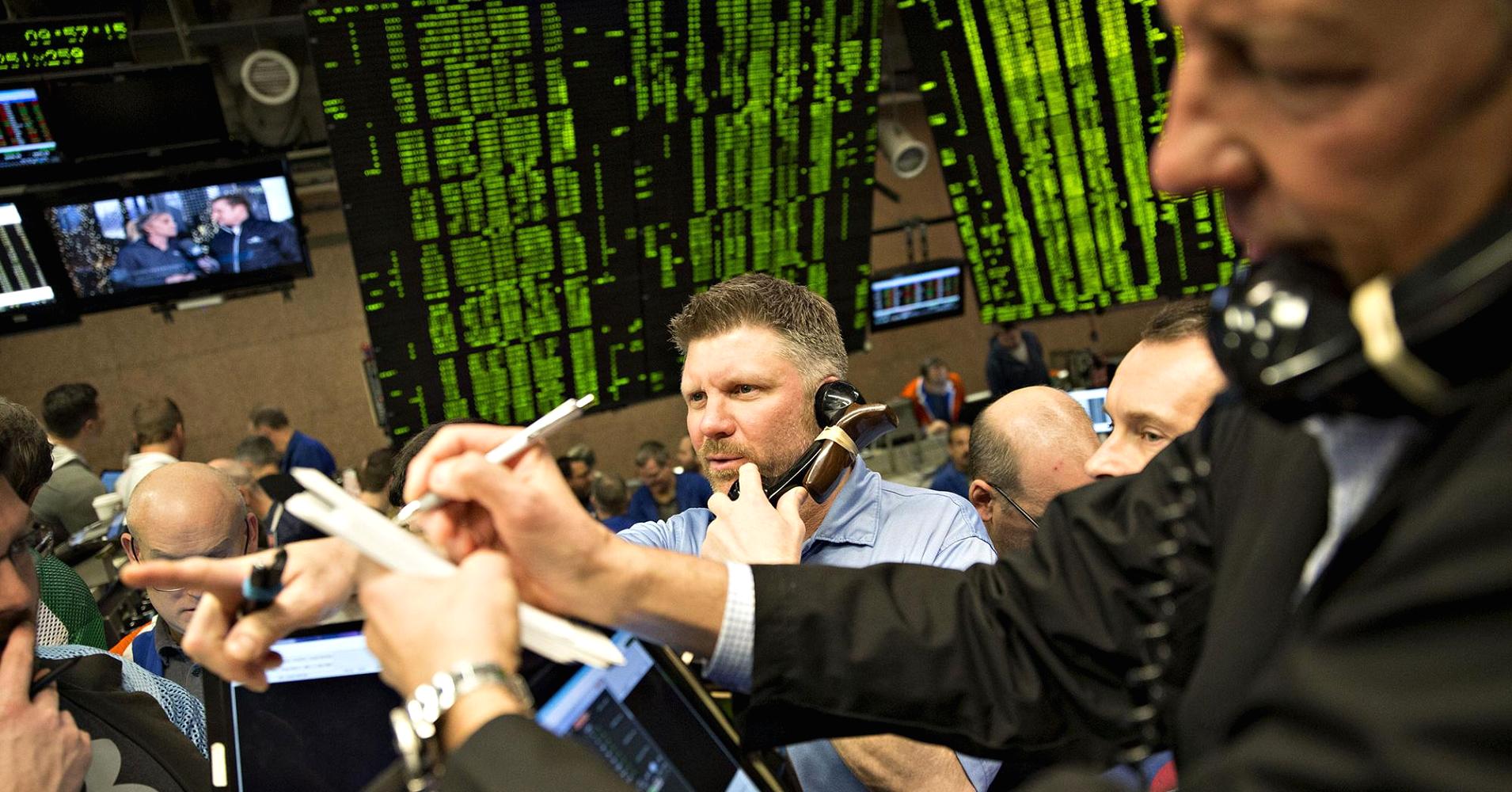
Rising interest rates are likely to sting the stock market, but a 3 percent or even higher 10-year Treasury yield isn’t enough to cause a meltdown.
Some stock strategists say the stock market has had its sights on a 3 percent 10-year Treasury yield ever since it started spiraling lower on interest rate and inflation fears earlier this year, and it could continue to chop around as it adjusts.
“This is probably just a point investors have to digest. I think 3 percent isn’t the problem — 3.50 is,” said Jack Ablin, CIO at Cresset Wealth Advisors.
Ablin said the stock market probably won’t stall out because of a 3 percent 10-year. The yield was as high as 2.99 Monday and closer to 2.97 percent at the end of the day. Stocks were mixed, but interest rates were not the only concern. Nasdaq was down a half percent on a tech sell-off, with semiconductors particularly weak. The S&P 500 was a fraction of a point higher at 2,670.
The question is where does the yield go after 3 percent, as a rapid move higher in yields would be negative for stocks.
“It depends on the ascent. I would rather that it walk, not run,” said Samuel Stovall, chief investment strategist at CFRA.
Julian Emanuel, chief equity and derivatives strategist at BTIG, said there’s one scenario that could be a real risk for stocks: If rates rise and the yield curve flattens at the same time. But as the 10-year yield rose Monday, the curve has steepened. In this case, that means the yield on the 10-year and the 2-year got further apart.
The market had been watching a “flattening” move last week, a possible future warning that the economy could weaken. As it flattened, the two yields moved closer together, suggesting there’s a chance the curve could invert. An inversion — for instance, the 2-year yield rises above the 10-year — is viewed as a reliable recession signal.
“If you get one and not the other, you get a little more volatility, but ultimately markets can deal with it,” said Emanuel. He said if the curve was flattening and yields were not rising, the market could handle it and vice versa.
Emanuel also said for the bond market, if the 10-year breaks 3 percent meaningfully, it signals a trend change which would be bearish with higher rates in store.
“Taking the chart back to 1994, you’ve broken the down trend line if you start trading over 3 percent. What it means is the psychology changes. In our view in July 2016 that was likely a generational low in yields,” he said. Emanuel said the bond market would no longer be in a neutral trend once the 3 percent is decisively broken.
But for stocks, they could consolidate and not suffer major damage until rates get to a level considered too high.
“The dynamics argue for this entire correction we had since January to continue in time rather than in price,” said Emanuel.
Art Hogan, chief market strategist at B. Riley FBR, said the move up in yields in the last few days was not like the surprise move earlier in the year. “I think investors are more prepared for this,” he said.
But James Paulsen, chief investment strategist at Leuthold, said the rising 10-year is not the only warning sign for stocks. He said inflation expectations are on the rise, oil has been rising to the key $70 level, and the dollar has been weak, meaning commodities could go higher and drive up inflation.
“It’s a pretty explosive cocktail that doesn’t take a lot to set off. It’s not just the 10-year breaching 3 percent,” Paulsen said. He said the market could react to things like an unexpected jump in wages or even a move higher in the deflator inflation measure in Friday’s upcoming first-quarter GDP report.
He said the market has hung a lot of hope on the earnings season, which so far is not giving stocks the expected boost. “There’s a little bit of doubt creeping in. Not only are earnings not doing what they’re supposed to do, but a lot of wage earnings and inflation numbers are creeping up. I just think there’s a little more nervousness creeping in than there was two weeks ago,” said Paulsen.
Rising interest rates can make fixed-income assets more attractive than stocks when yields get high enough. They also spook the stock market, because interest rates can reach a point where they can begin to hurt the economy and slow down lending activity.
“It helps banks, and it keeps investors focused on the cyclicals,” said Stovall. “A gradual rate increase would actually end up hurting or at least suppressing the interest-sensitive groups, like utilities, real estate and to a lesser extent, telecom. They are bond substitutes.”
Besides the Treasury market, investors will be watching a few economic reports, including S&P/Case-Shiller home prices and FHFA home prices, both at 9 a.m. ET. There are also new home sales and consumer confidence at 10 a.m. ET.
A number of blue chips report earnings Tuesday morning, including Coca-Cola, Caterpillar, 3M, Travelers, United Technologies and Verizon.
Biogen, Eli Lilly, Lockheed Martin, Corning, Freeport-McMoran, PulteGroup, Sherwin-Williams and JetBlue also report.
After the closing bell, Amgen, Chubb, Texas Instruments, Wynn Resorts, Cree, Carlisle Cos and Hawaiian Holdings report.

